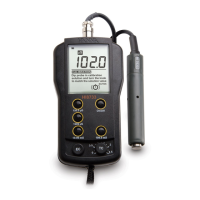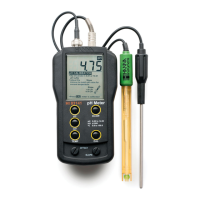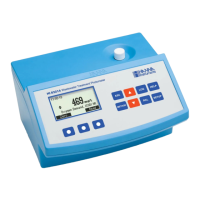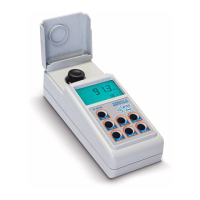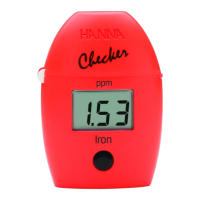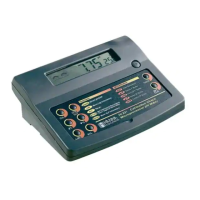15
STARTUPSTARTUP
STARTUPSTARTUP
STARTUP
The HI 88703 Turbidity bench is supplied with all necessary accesories for making measurements.
Unpack the instrument and place it on a flat surface. Do not place the instrument under dirrect
sunlight.
Connect the instrument to the mains with the provided power cord. Pay attention that the mains
voltage match the value printed on the back of the instrument.
Switch on the instrument. On the LCD, the Hanna Logo will appear for a short time, followed by the
main screen for ratio turbidity measurements.
The instrument loads the selected language. If no language can be loaded the instrument will work
in the “safe mode”. In “safe mode” all the messages are displayed in English and tutorial and
help information are not available.
an ultrasonic bath. Follow the degassing procedure described above. Only after the degassing
procedure is finished the cuvet can be capped.
HEATING THE SAMPLE
Use of heat to remove air bubbles, although very effective in some cases, should be handled with care
because it can alter the turbidity of the sample. When heating a sample, the volatile components
from the sample can vaporize, the suspended components can dissolve or the sample characteristics
can change.
Therefore, the heating procedure should be used with extreme care.
The best way is to use a warm water bath and immerse the cuvet with sample into the bath. Heat the
sample only until the visible bubbles are removed.
Note: Always cool the heated sample to the original sample temperature before measurement.
The heating procedure can be used in combination with vacuum or ultrasonic waves application for
a more effective air bubble removal.
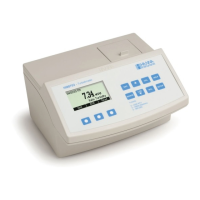
